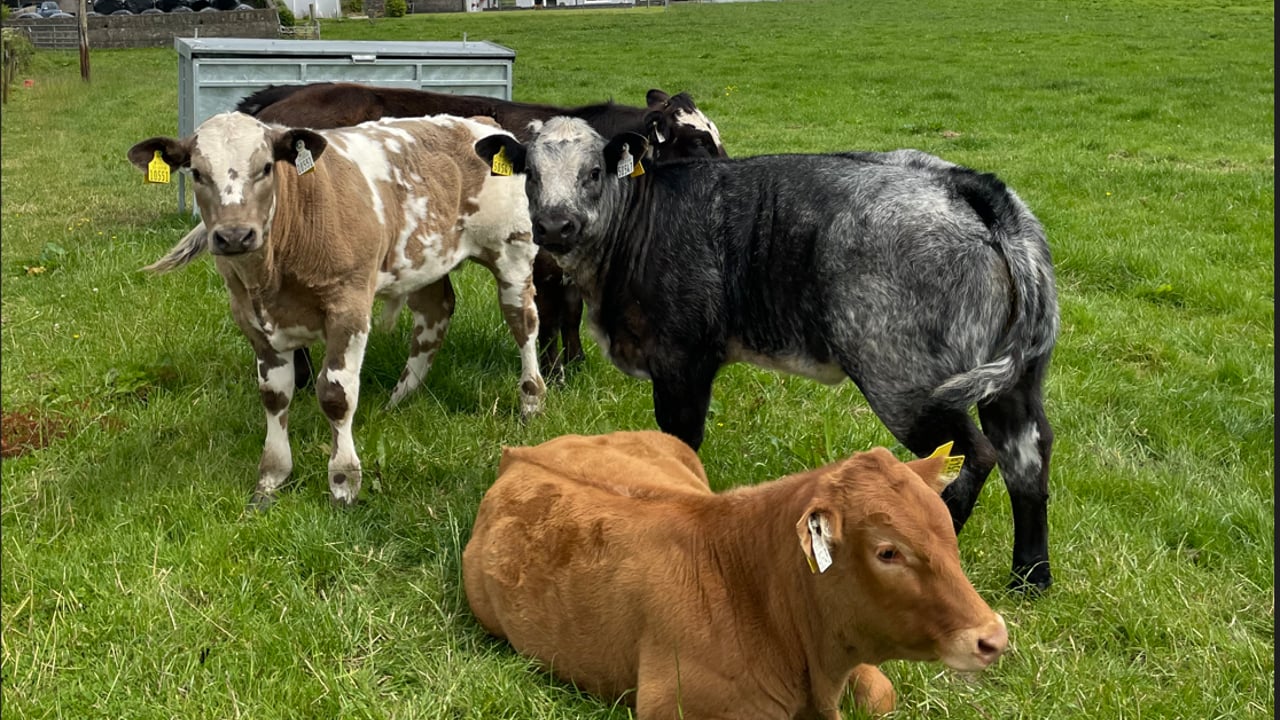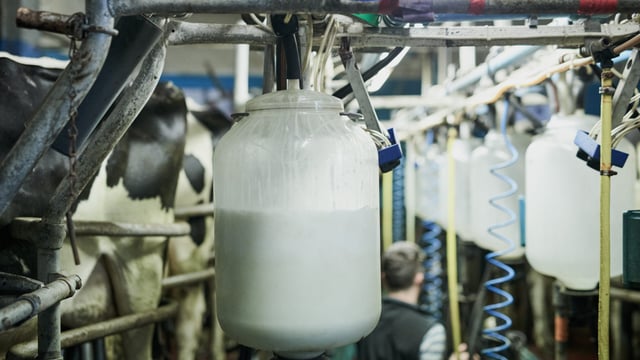Final details on €75/cow suckler scheme expected soon
The final details of the new suckler scheme with an increased payment rate are expected in the coming weeks.
The scheme will replace the Beef Welfare Scheme which was in place last year. While this scheme had a payment rate of €50/calf, the new scheme will have an increased payment rate of €75/calf.
Agriland understands calves born to eligible suckler cows between July 1, 2024, and June 30, 2025, will qualify for the scheme which will offer farmers three measures they can undertake to receive the maximum payment.
Similar to the 2024 Beef Welfare Scheme, meal feeding and vaccination are expected to be two of the options with a third option yet to be finalised by the Department of Agriculture, Food and the Marine (DAFM).
The third option is expected to have a payment rate of €25/calf with silage testing and dung sampling or taking a faecal egg count (FEC) to detect the presence of internal parasites in cattle expected to be measures for this payment, according to the Irish Cattle and Sheep Farmers' Association (ICSA) general secretary, Hugh Farrell.
Irish Farmers' Association (IFA) Livestock Committee chairman Declan Hanrahan has called on the DAFM to finalise the terms and conditions of the new suckler scheme and make the information available to suckler farmers as soon as possible.
Hanrahan highlighted that calves which were born on suckler farms last autumn and may be eligible for the scheme could be sold off farms as weanlings in the coming weeks and emphasised that these calves must also be eligible for payment.
He also said that while the third measure under the new scheme must be beneficial to the sector, it must also be straightforward and incur minimum expense on the suckler farmer.
The 2024 scheme allowed participating suckler farmers to secure funding up to a maximum of 40 calves and it is understood the scheme that will be rolled out this year will allow for maximum funding for a similar number of eligible calves.
The primary aim of the 2024 Beef Welfare Scheme was to implement effective measures that enhance the health and husbandry of suckler calves with this year's scheme expected to have a similar principal aim.





